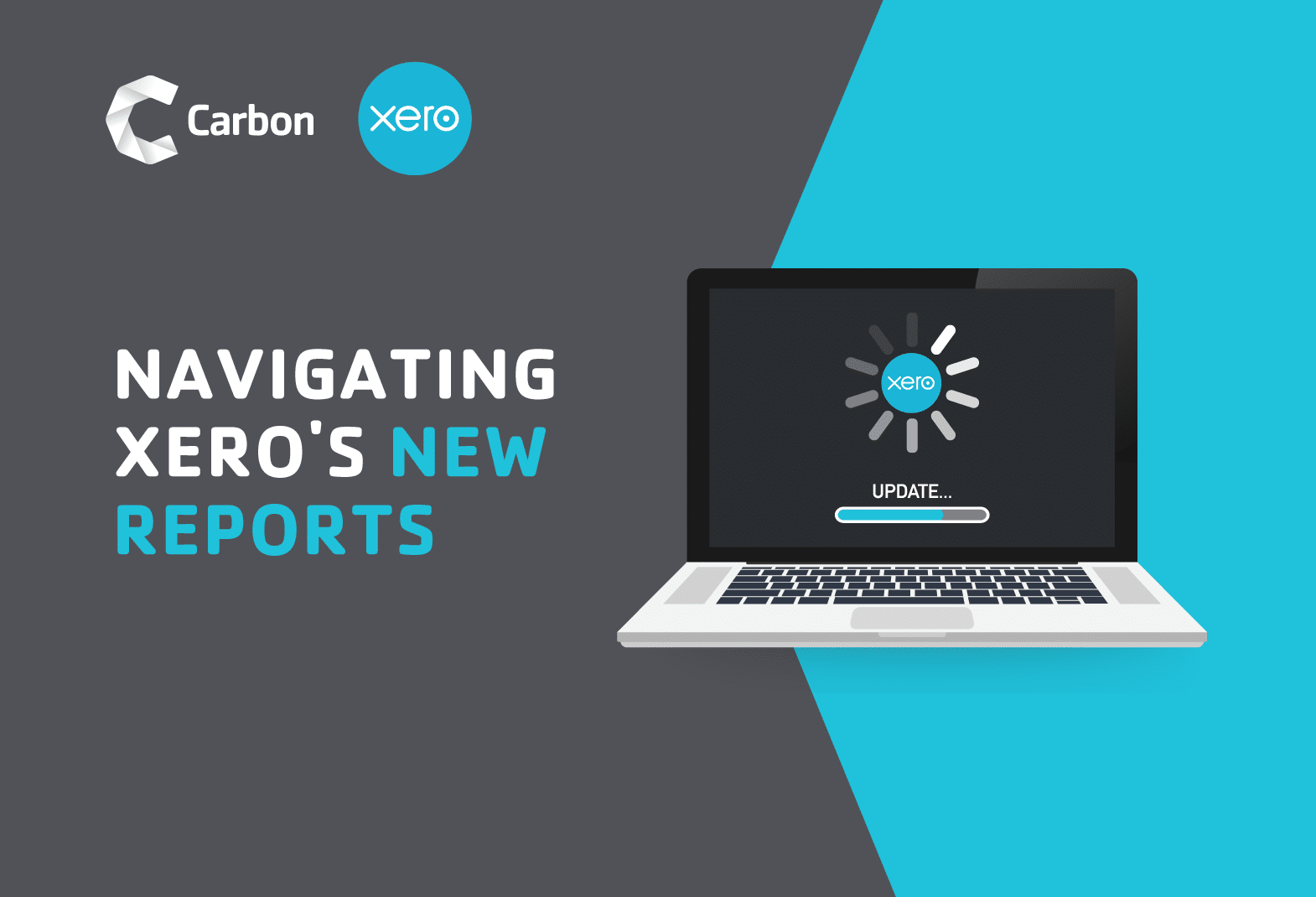Xero, a widely used accounting software, has recently retired its old versions of reports, making way for a more streamlined and efficient reporting experience. This transition brings about significant changes in how businesses manage their financial data.
Table of Contents
Why Change the Xero Reports?
Adapting to change is challenging, especially when you’ve grown accustomed to specific workflows. However, Xero’s latest update aims to simplify your tasks and enhance productivity. Here’s what you need to know:
- Reports are new and improved based on user feedback, making them easier to understand and use.
- Designed for businesses to access their financial data faster and clearer.
New Xero Reporting Features
Every change Xero introduces has a reason behind it. Let’s dive into why these new reports are worth your time:
- New features like the ability to add notes, switch to compact view, and enjoy sticky horizontal and vertical headers as you scroll.
- Beautiful visualisations including charts in Top Customers and Top Vendors reports, and variance columns with red and green arrows.
- New reports, including the Management report pack with a new Executive Summary report, as well as Top Suppliers, Top Customers, Quotes, Purchase Orders, and Customer Credit Limit reports.
- More enhancements including better comparison periods, one-click access to custom reports and common formats, automatic grouping of account codes, and changes to the way dates are displayed in tracking columns.
- A new tool to help you bring saved layouts across to new versions of Profit & Loss, Balance Sheet and Budget Variance reports.
Common Concerns and Answers
Transitioning to a new system can be overwhelming. But remember, every change is an opportunity to grow and optimise. Xero has made this transition with the intent of enhancing its software for businesses like yours. We understand you have questions. Let’s address some of the common ones:
Why shift from the old xero reports?
Modern businesses need modern solutions. This transition is all about harnessing the best of technology to offer enhanced reporting.
Can both reporting systems exist?
Maintaining both versions would not be sustainable and hinder future integration efforts.
Preparing for the Transition
To ensure a smooth transition, here are some steps you can take:
- Set aside some hours to understand how the transition affects your business or practice.
- Focus on learning to use the reports you use daily.
- Learn how to navigate the new reports to maximise their benefits.
- Replace your old bookmarks with the new report links.
- Utilise the layout importer tool to bring custom layouts into the new reports.
- Complete work in the old reports before the retirement date.
- Learn how to create report packs and templates.
- Ensure your team is aware of the upcoming changes and how to adapt.
- If you need assistance, our team is here to help guide you through the transition process.
Old Xero Reports Still Available
Some old reports are still in Xero because of ongoing enhancements or different upgrade strategies. These include:
- Business Activity Statements (BAS)
- GST Reconciliation report
- Budget Manager
- Budget Summary report
- Expense Claim Summary report
- Foreign Currency Gains and Losses Report
- Inventory Item Summary report
- Sales by Item Summary report
- Tracking Summary report
- Unrealised Gains and Losses Report
- Reporting API (please note this is not a report)
Additional Resources from Xero
For further support and information on the retirement of old reports in Xero, consider exploring the following resources:
- Xero Central – Report Transition Articles
- Xero Central offers a wealth of articles and guides dedicated to helping users make a smooth transition to the new reporting system.
- Xero’s YouTube Playlist – Reporting Videos
- Dive deeper into the world of Xero reports with a series of informative videos covering various aspects of the new reporting features.
- Xero Community – User Discussions
- Engage with fellow Xero users and advisors in the community forums. Share experiences, ask questions, and exchange insights on the transition.
- Xero Blog – Why we Can’t Keep Old Reports
- Gain a deeper understanding of the reasons behind the retirement of old reports from this official Xero blog post.
- Xero Blog – Complete common tasks in new versions of reports
- Practical guidance on how to perform everyday tasks using the new reporting features in Xero, helping users navigate the transition smoothly.
By proactively addressing the retirement of old reports in Xero, businesses can adapt to the changes and make the most out of the enhanced reporting capabilities provided by the platform. Embracing the new system will ultimately lead to more efficient and informed financial management. If you have any questions or need further support, please don’t hesitate to reach out to us.






















